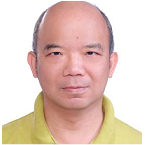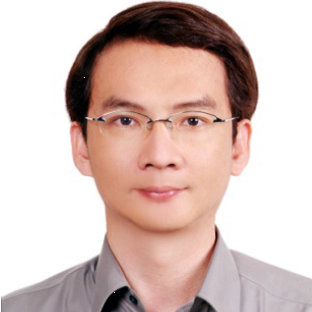Selected Papers from IEEE ICASI 2017
A special issue of Micromachines (ISSN 2072-666X).
Deadline for manuscript submissions: closed (31 October 2017) | Viewed by 18319
Special Issue Editors
Interests: optical and electronic devices; semi-conductive materials; nanotechnology
Special Issues, Collections and Topics in MDPI journals
Interests: IOT devices; photovoltaic devices; STEM education
Special Issues, Collections and Topics in MDPI journals
Interests: microsystem design; nanotechnology
Special Issues, Collections and Topics in MDPI journals
Special Issue Information
Dear Colleagues,
The 2017 IEEE International Conference on Applied System Innovation (IEEE ICASI 2017) will be held in Sapporo, Japan, on 13–17 May 2017, and will provide a unified communication platform for researchers on a wide range of topics. The Special Issue on “Selected papers from IEEE ICASI 2017” is expected to select excellent papers presented at IEEE ICASI 2017 regarding the topic of “Micromachines”. In recent years, applications of advanced nanomaterials in microelectronic and photonic devices have been a highly-developing field, due to their light weight and flexibility for daily use, which has the potential to be deployable. Nanomaterials, which provide one of the greatest potentials for improving performance and extended capabilities of products in a number of industrial sectors, are a new class of materials, having dimensions in the 1~100 nm range. The most successful examples are seen in microelectronics, where ‘‘smaller’’ has always meant a greater performance ever since the invention of transistors: e.g., a higher density of integration, faster response, lower cost, and less power consumption. Therefore, the field of nanostructure devices has been the subject of reviews. We invite investigators to contribute original research articles, as well as review articles, which will stimulate the continuing efforts to understand the microelectronic and photonic devices with nanostructure. Potential topics include, but are not limited to:
- Nanoparticles, nanowires, or nanosheets: Preparation and applications
- Nanostructures for microelectronic and photonic device applications
- Nanostructures for energy applications
- Optical properties of nano and microdevices
- Combinatorial methods for photoactive material design and optimization
- Nanotechnology on Micro Electro Mechanical Systems (MEMS)
Prof. Dr. ShoouJinn Chang
Prof. Dr. TeenHang Meen
Dr. Stephen D. Prior
Guest Editors
Manuscript Submission Information
Manuscripts should be submitted online at www.mdpi.com by registering and logging in to this website. Once you are registered, click here to go to the submission form. Manuscripts can be submitted until the deadline. All submissions that pass pre-check are peer-reviewed. Accepted papers will be published continuously in the journal (as soon as accepted) and will be listed together on the special issue website. Research articles, review articles as well as short communications are invited. For planned papers, a title and short abstract (about 100 words) can be sent to the Editorial Office for announcement on this website.
Submitted manuscripts should not have been published previously, nor be under consideration for publication elsewhere (except conference proceedings papers). All manuscripts are thoroughly refereed through a single-blind peer-review process. A guide for authors and other relevant information for submission of manuscripts is available on the Instructions for Authors page. Micromachines is an international peer-reviewed open access monthly journal published by MDPI.
Please visit the Instructions for Authors page before submitting a manuscript. The Article Processing Charge (APC) for publication in this open access journal is 2600 CHF (Swiss Francs). Submitted papers should be well formatted and use good English. Authors may use MDPI's English editing service prior to publication or during author revisions.
Keywords
- Nanomaterials
- Photonic Devices
- Nanostructure
- Optical Properties
- Micro Electro Mechanical Systems (MEMS)








